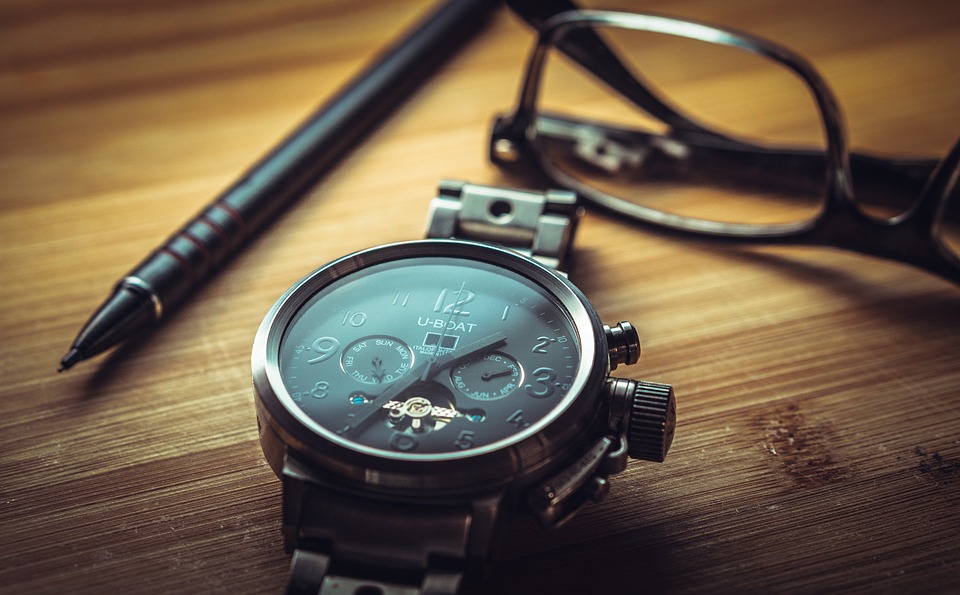While choosing a watch, you will come across 2 types of watches. A mechanical watch and Quartz watches. You can choose one depending on your budget and purpose.. A Mechanical or Quartz movement is a term that you will often hear and in most cases highlights the brand, the style and also the price and the status of the watch. Value is a very subjective term.
As a general rule, mechanical watches are generally more precious, collectible and desired by luxury lovers, however, there have been quartz watches from major brands that have also maintained and increased in value. In a general sense, however, mechanical watches are generally worth more than quartz watches, we will try to explain why.
History
Mechanical watches were the first to be introduced into watchmaking. These were usually in the form of large watches and clocks. As the need for precise timing increased, however, in the golden age of discovery and voyage, sailors and travelers had to use these tools to keep track of time and distances traveled accurately.
The watches improved when the pilot took over, the pilots demanding more precision and portability when flying. Here the wristwatches that we know and love today have been developed. Most quartz movements came in with the introduction of electricity and the ability to store energy as well.
Mechanical movements
As mechanical watches come first, it is important to present them and explain their functionality so that you can understand the price variables. Mechanical and automatic movements are mainly powered by kinetic energy. It is in the form of a movement of the wrist or the manual winding of a spring which will then take place over time, slowly releasing the right amount of energy to power the entire movement of the watch.
The important thing to remember here is that the watch is fully powered by the spring and the energy stored inside. Many mechanical parts must work in cohesion to create a precise movement of the hands while ensuring a perfect balance so as not to save or waste time. For example, a loss or gain of two more seconds per day could have a considerable impact on the timing of the watch within 30 days.
In watchmaking mechanical movements were the beginning, here brands like Rolex and Omega have made a name for themselves to produce not only refined and small watches to keep time with precision but also allow them to produce in mass and so that these watches are used by larger parts of the gentrified population. Mechanical movements not only highlight the technical expertise of watchmakers, they also highlight the complexity and balance required to create a movement that accurately indicates the time.
Advantages and disadvantages
As mechanical movements are watches that are made of many moving parts, you should keep in mind that they require more maintenance. Regular maintenance and upkeep required original mechanical movements that had to be worn on the wrists of wealthy customers who could afford to have them maintained for the life of the watch. Some mechanical movements took so long to design, develop and test that the creators died during the process. However, the saying with most of these watches was that you never really owned their watches, you just took care of them for the next generation. A saying that you will have seen a big brand adopt….
Today, mechanical watches represent the top of the range in watchmaking. They still require vast resources to develop and test new movements that meet the strictest Swiss COSC standards. The complications are more interesting and the movements themselves have undergone many improvements, using silicone balance springs and parachrom. New watches are being developed, new materials to reduce wear on parts. Even the metal alloys used have been developed to ensure longer wear without the constant need for maintenance. Rolex has gone from needing service every three years to needing every ten years.
Quartz movements
The introduction of electricity has radically changed things for watches. Now the power could be stored and released on demand. This is precisely what happens in quartz movements where a battery sends a small current to a quartz crystal which in turn vibrates and feeds the rest of the movement. The significant difference is the amount of moving parts in the movement which are less than those in the mechanical and automatic movements. The other big advantage is that the power reserve is essentially three years, because the movements are less complex, while in mechanical movements, you have a maximum of 70-90 hours. Quartz movements are also easier to maintain and generally do not require as much maintenance.
Advantages and disadvantages
Quartz movements also make it possible to make smaller cases and parts and therefore to make smaller watches. You will find most ladies watches are very thin quartz watches. Mechanical movements generally tend to have larger parts and are also more complicated and therefore generally have larger bodies and housings. Quartz movements, although not as widely respected in the industry, represent watches that are easy to maintain and wear. You don’t have to worry about stopping the watch if it’s not worn for a few days. With more recent pieces and COSC standards, quartz movements certified by a chronometer are not uncommon.
Our Thoughts
In general, mechanical and automatic movements retain the prestige and technical status attributed to them over quartz movements, which makes them tirelessly desirable and brought together by newcomers as well as by old connoisseurs. We suggest that you opt for a mechanical or automatic watch when possible, because it will not only be superb, but you will wear an engineering masterpiece that represents millions of hours of watchmaking development and talent…

